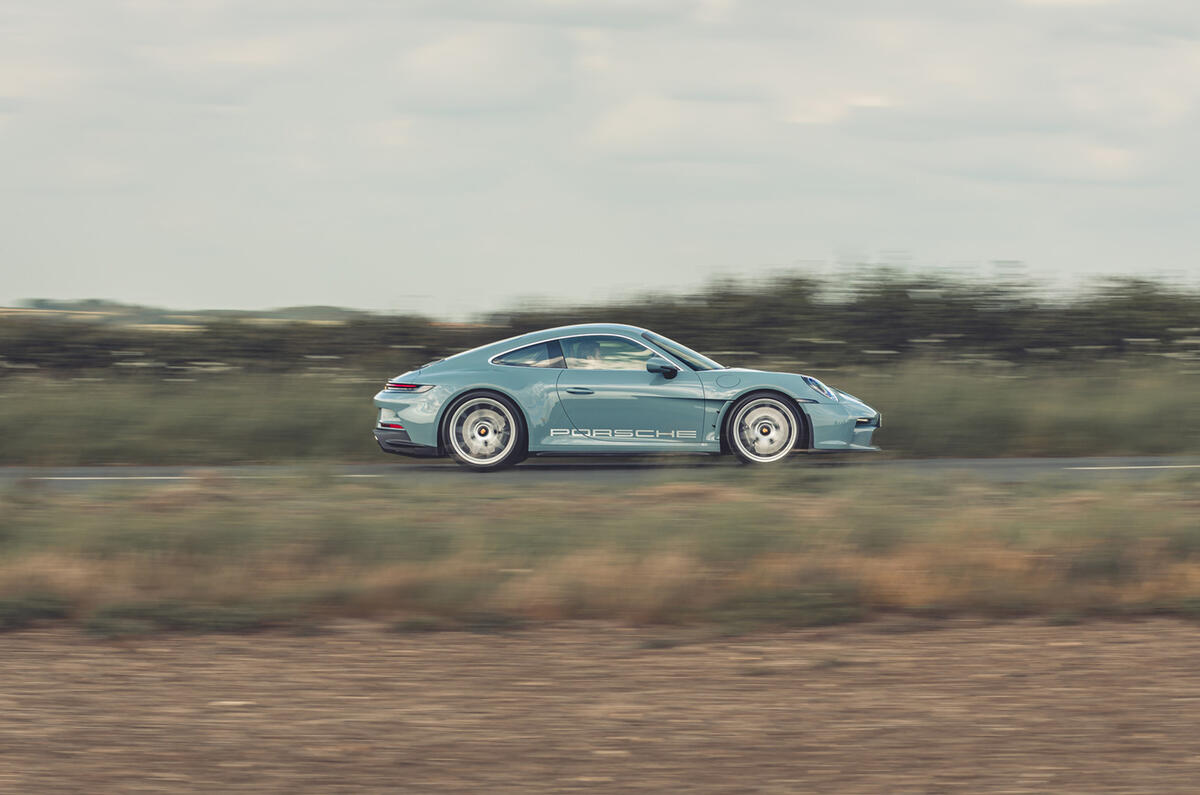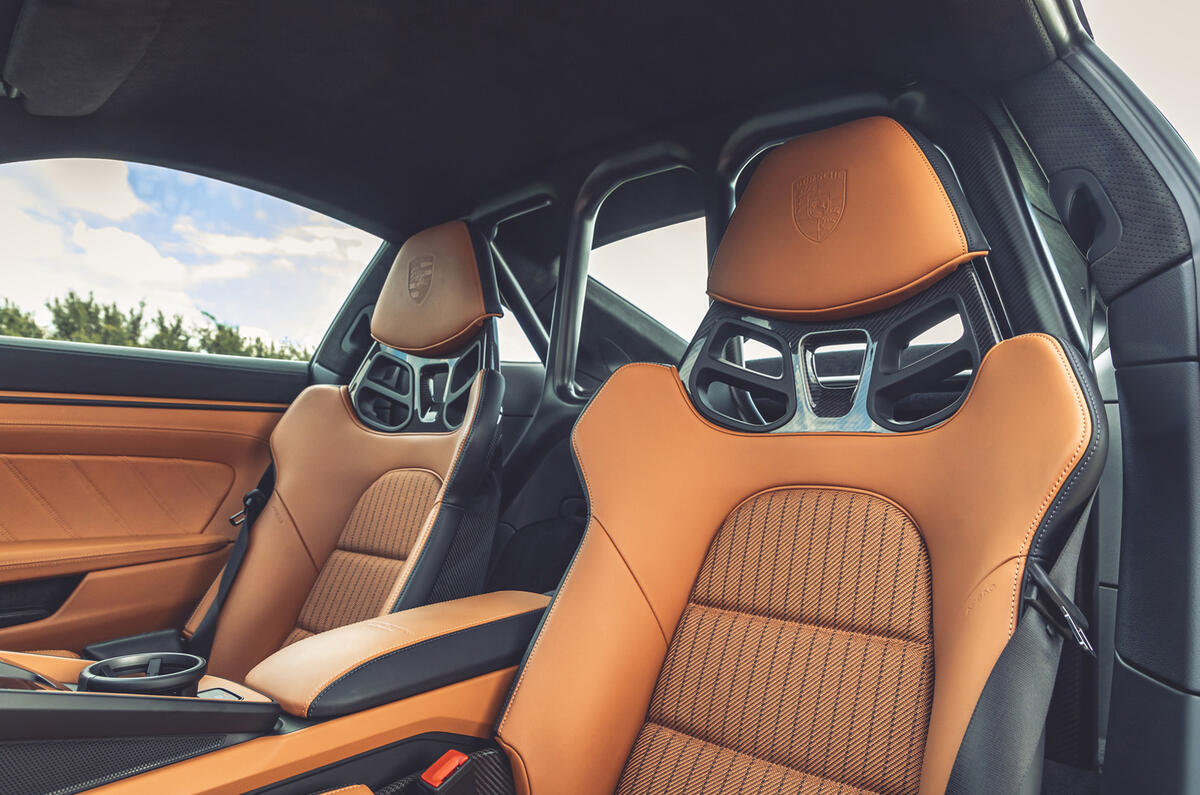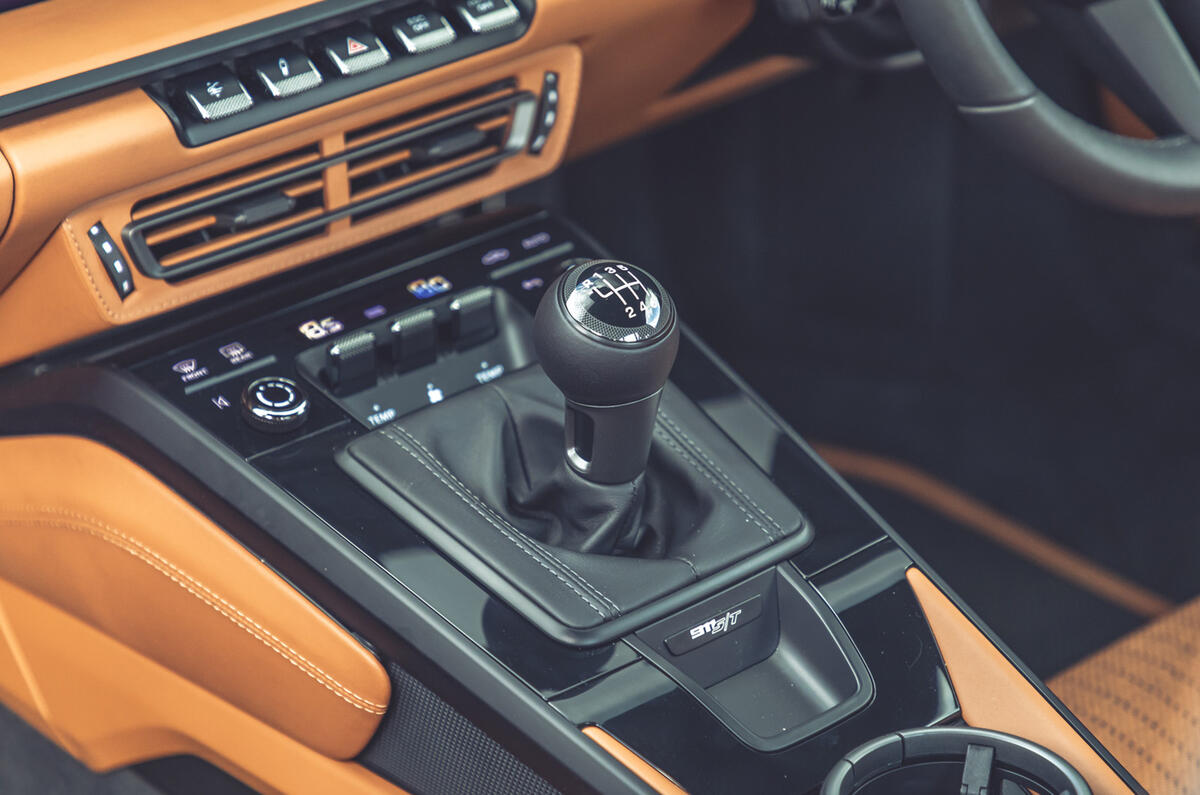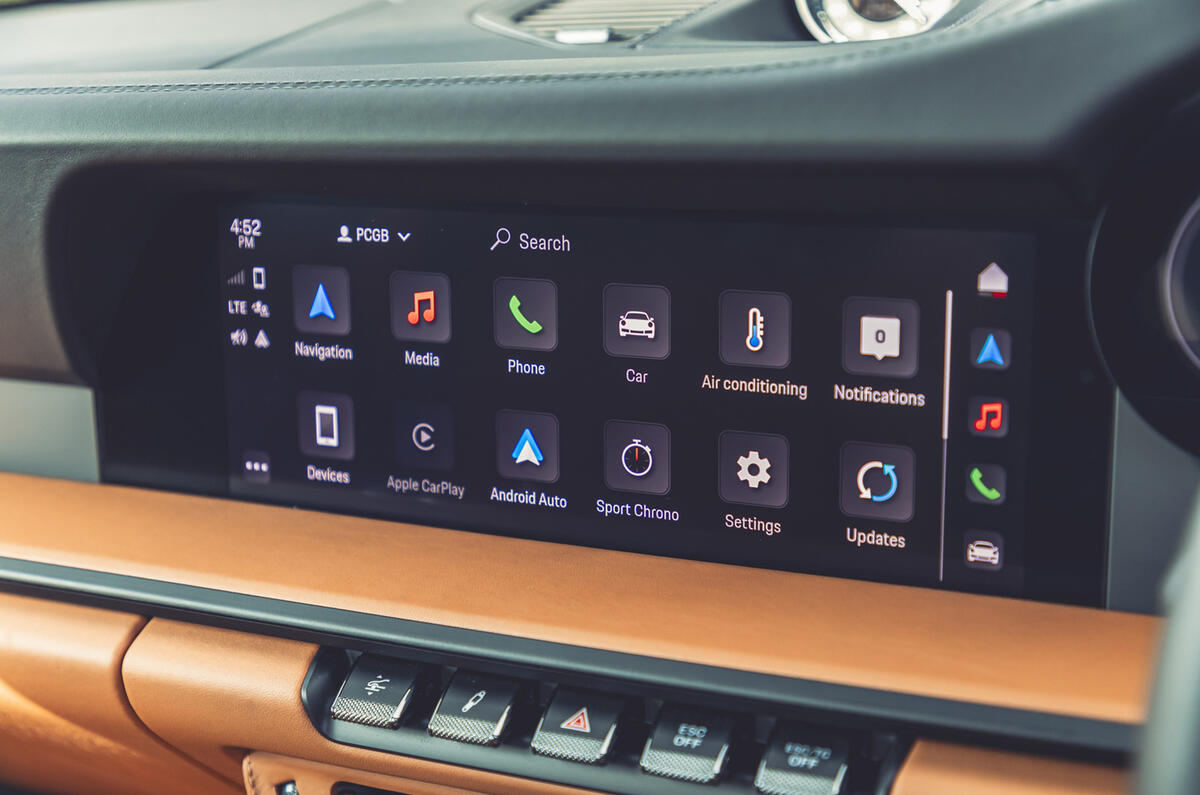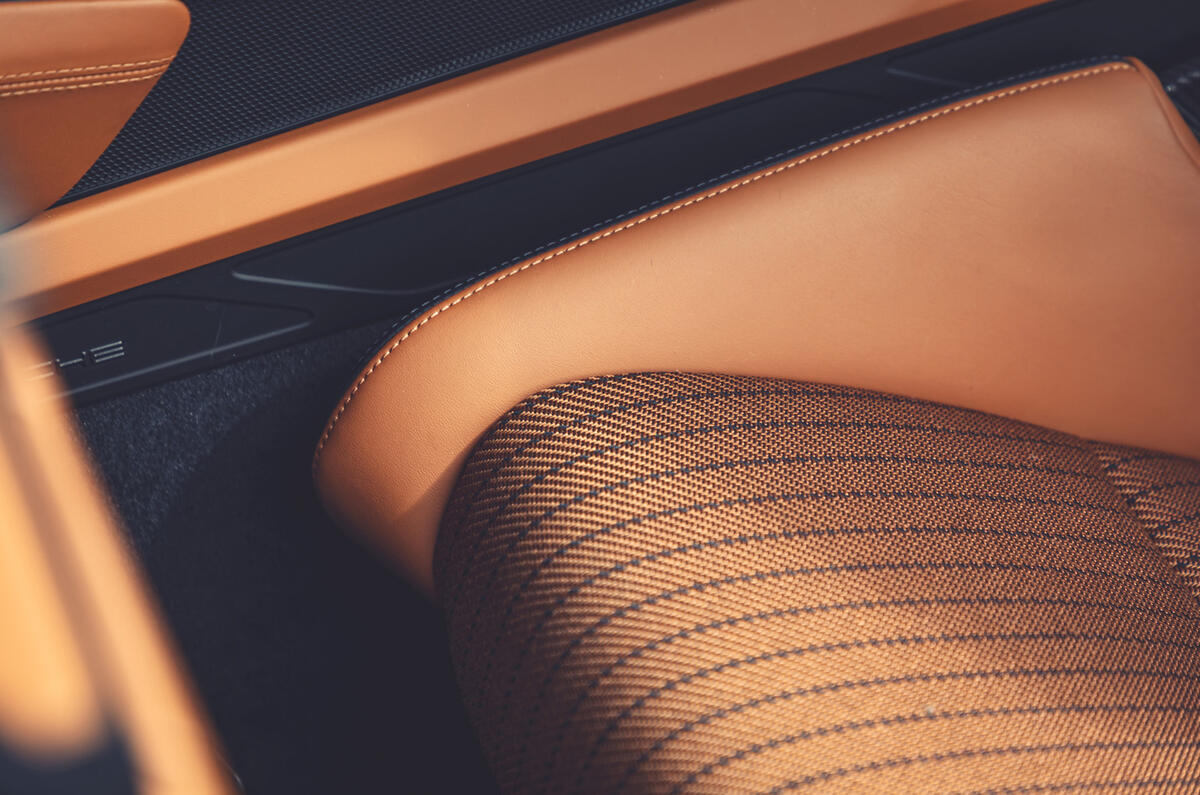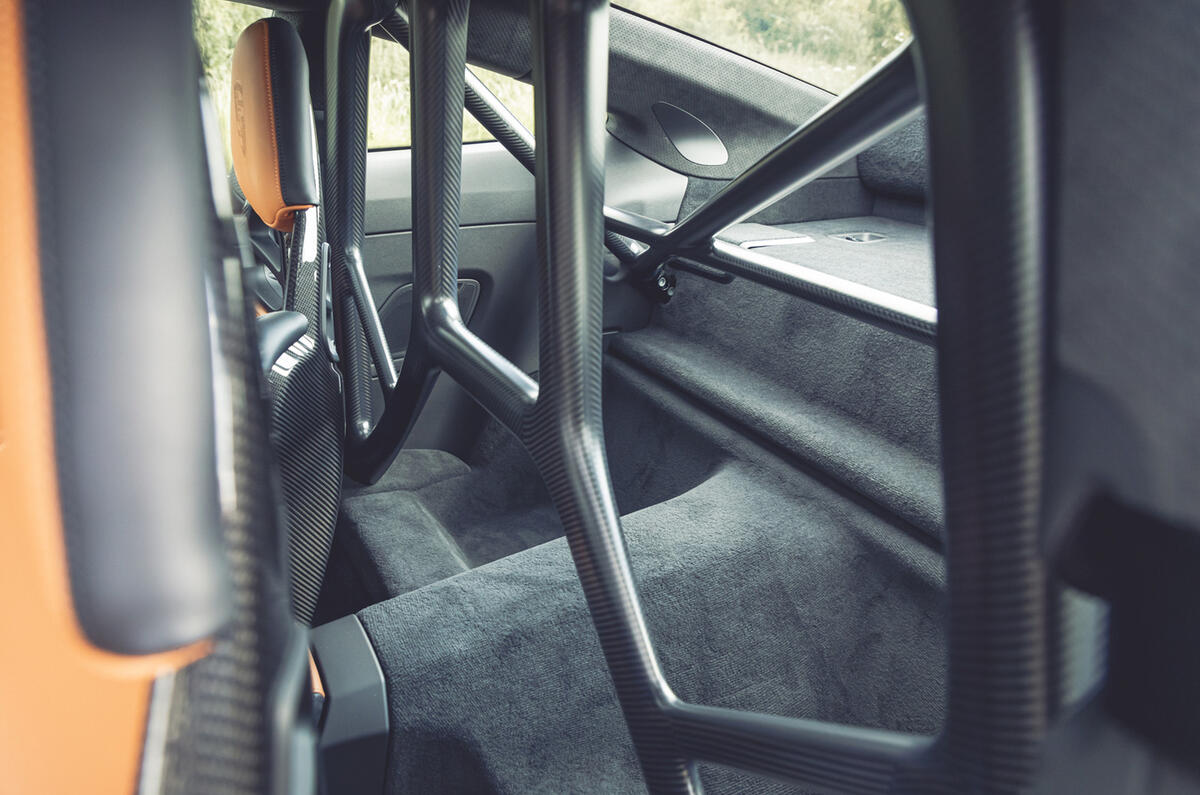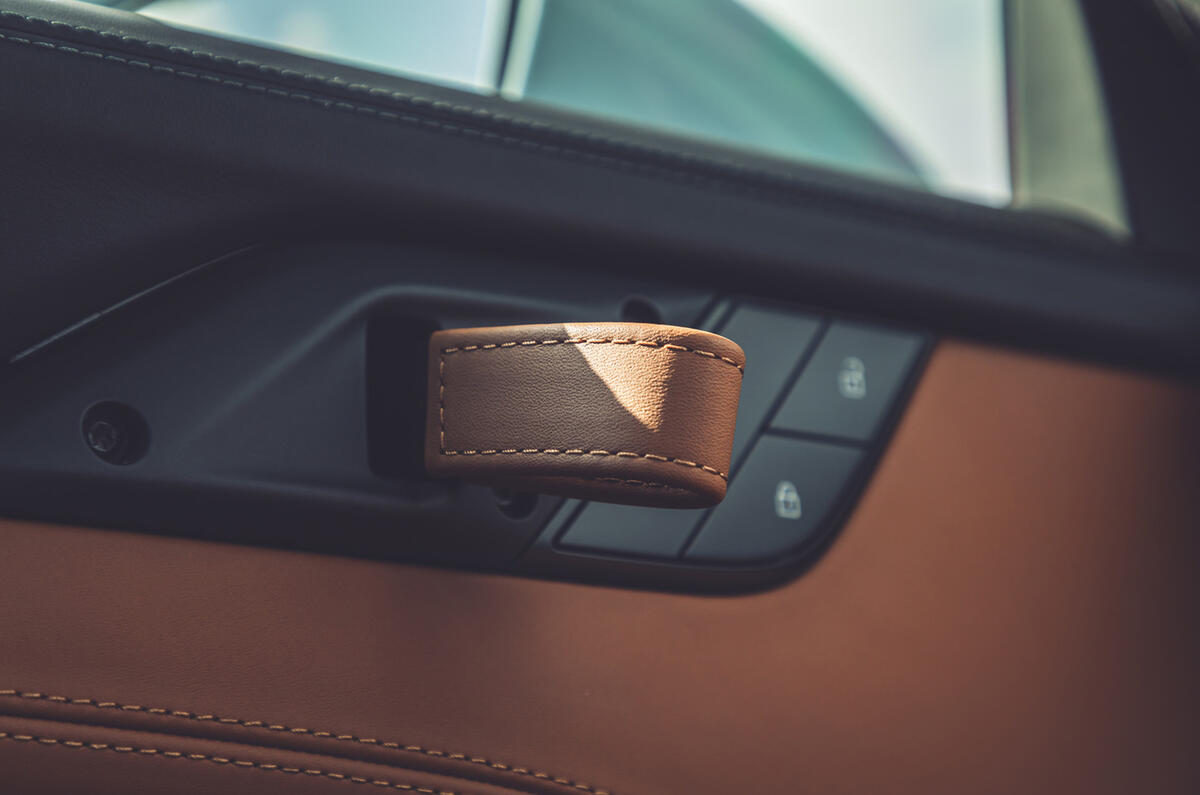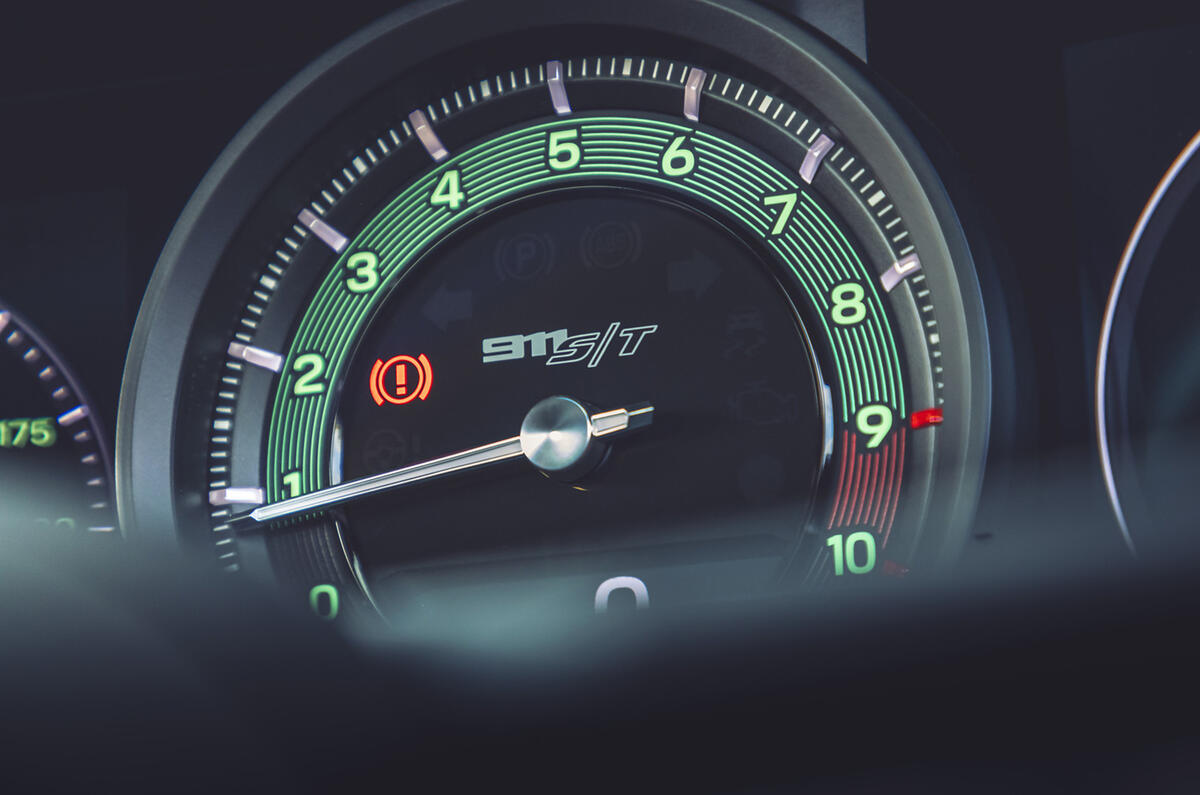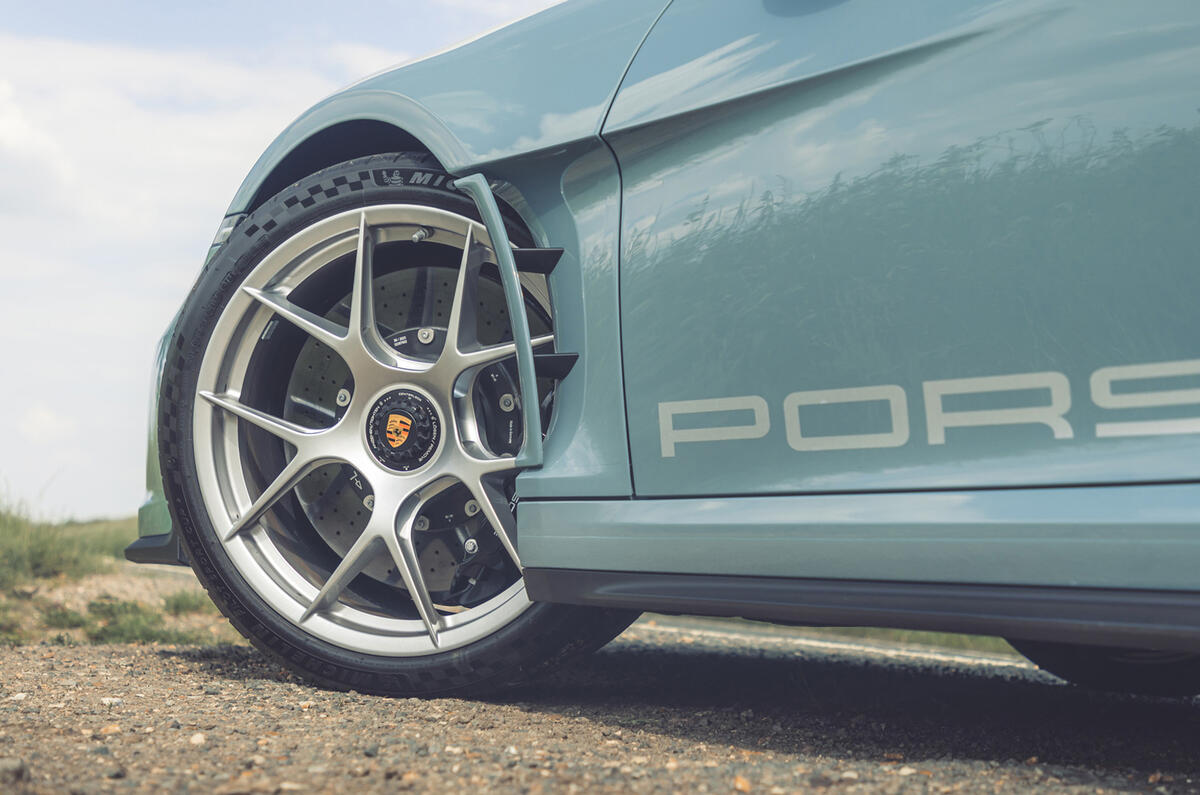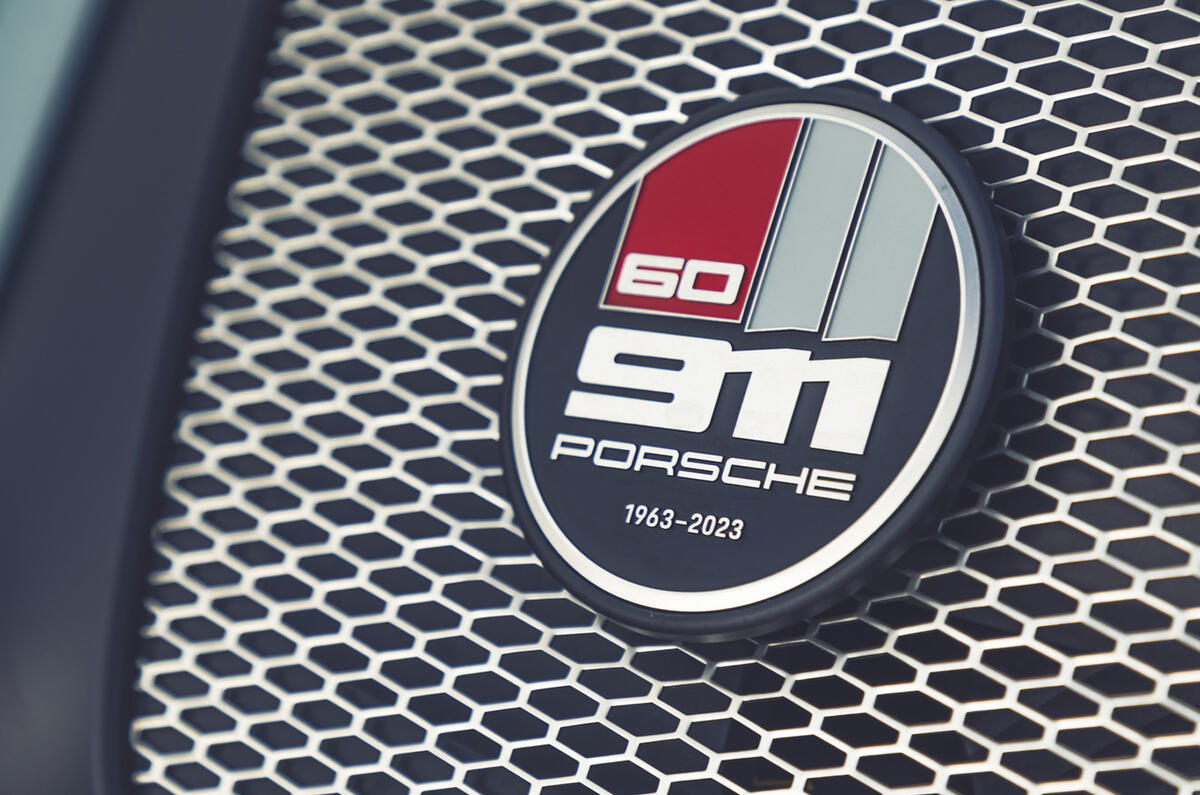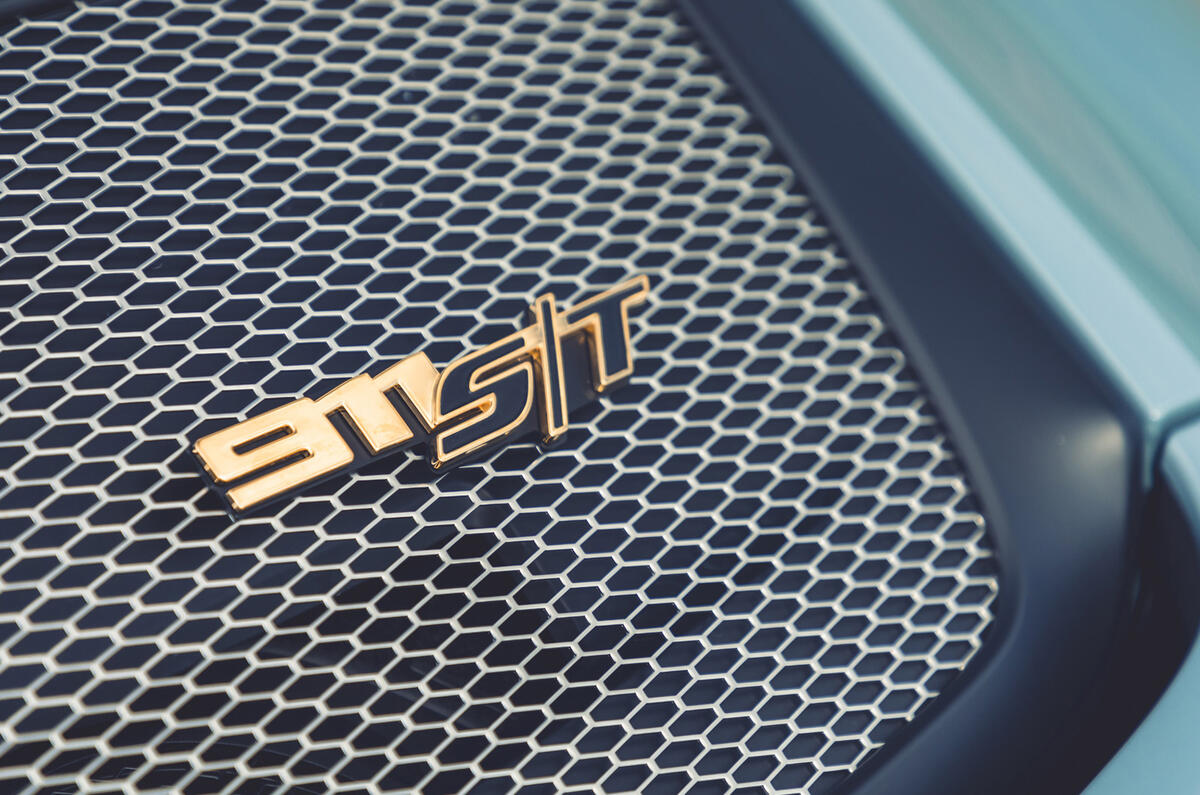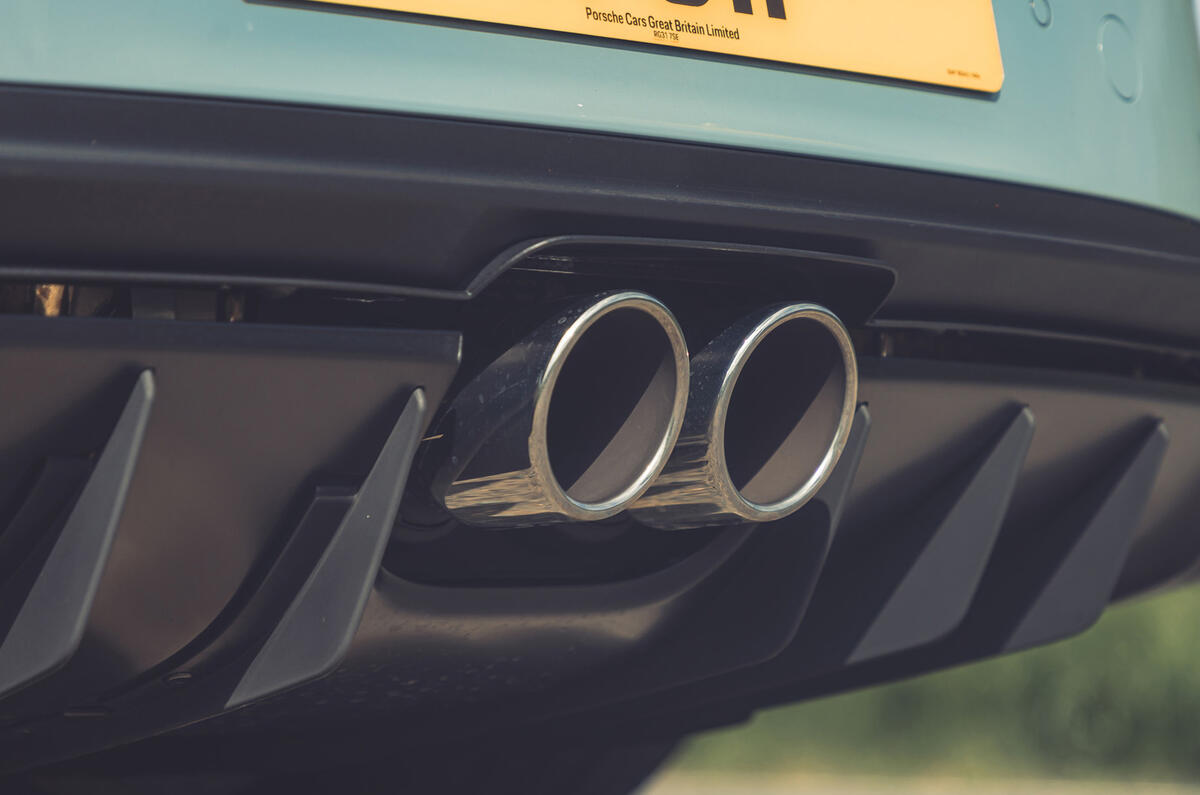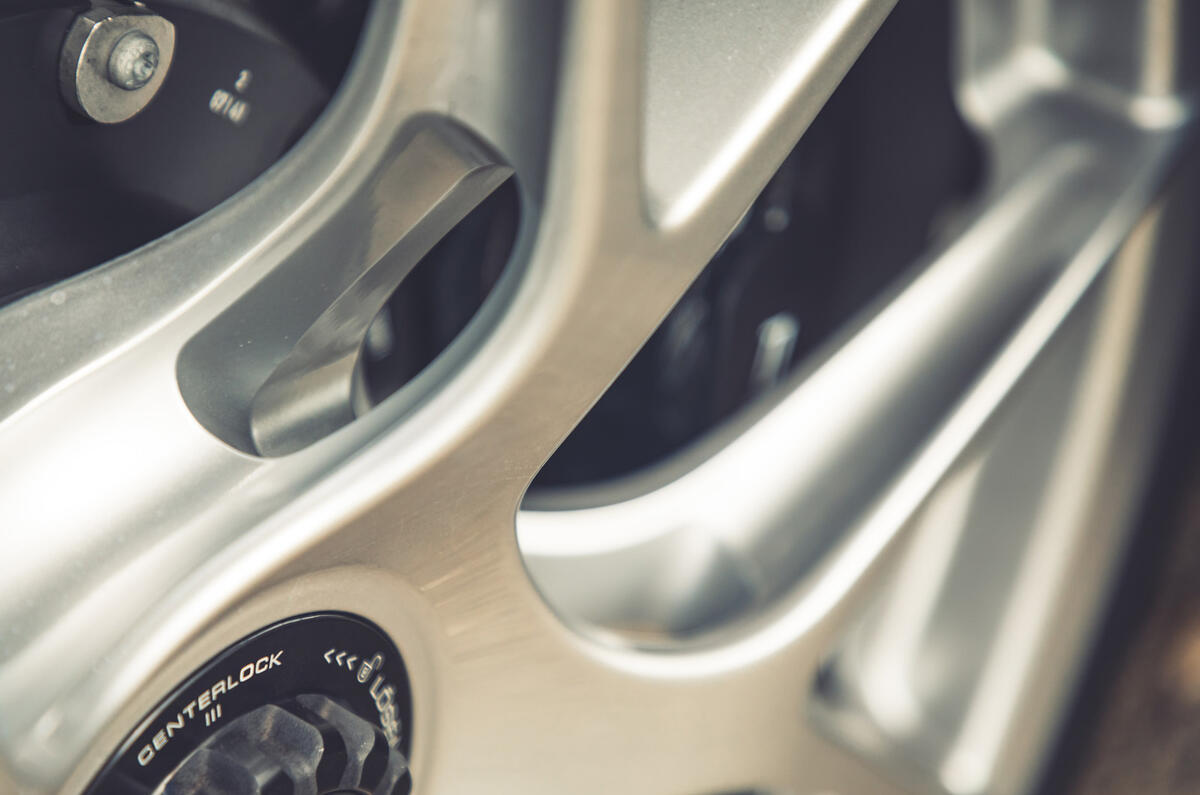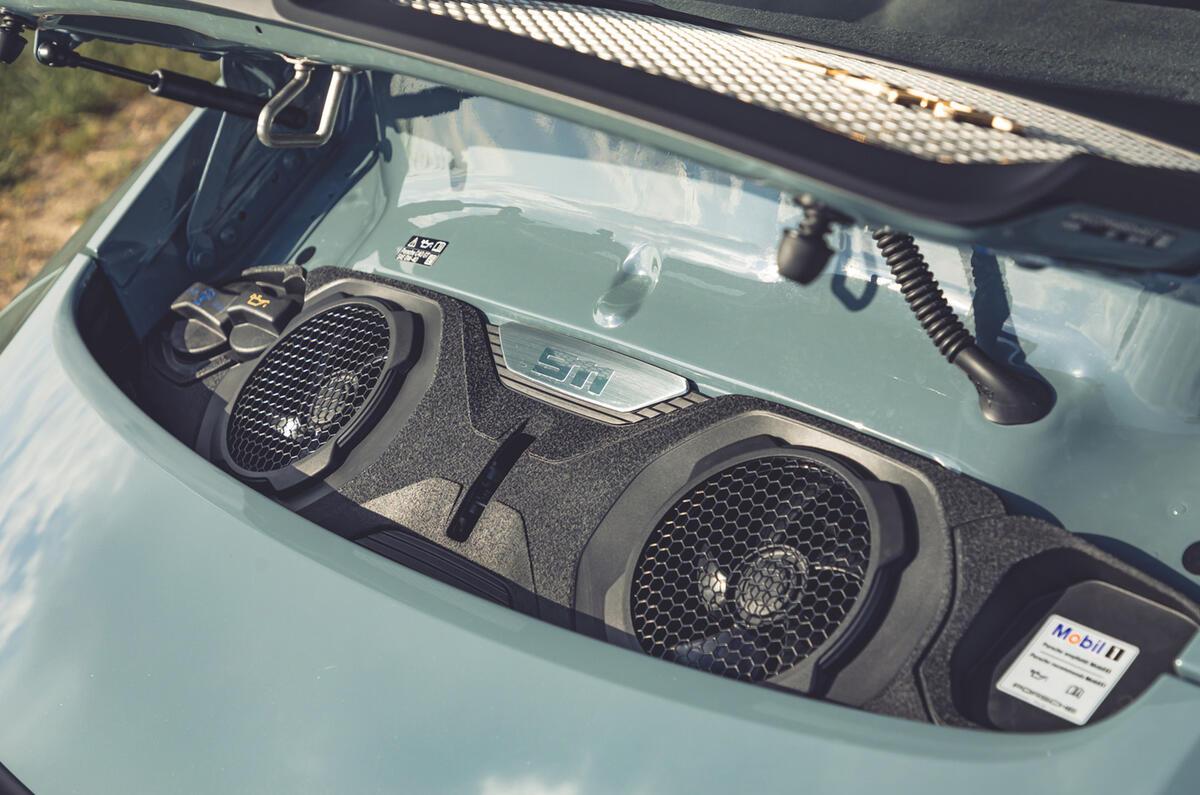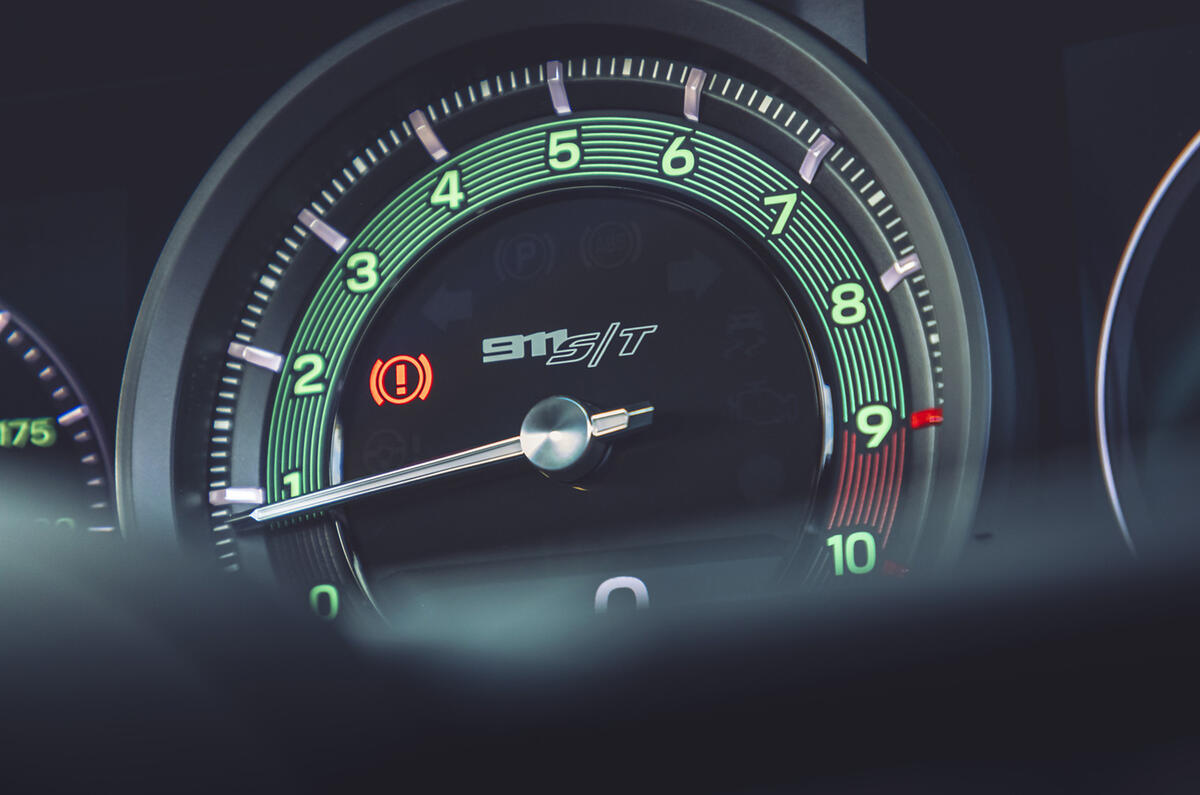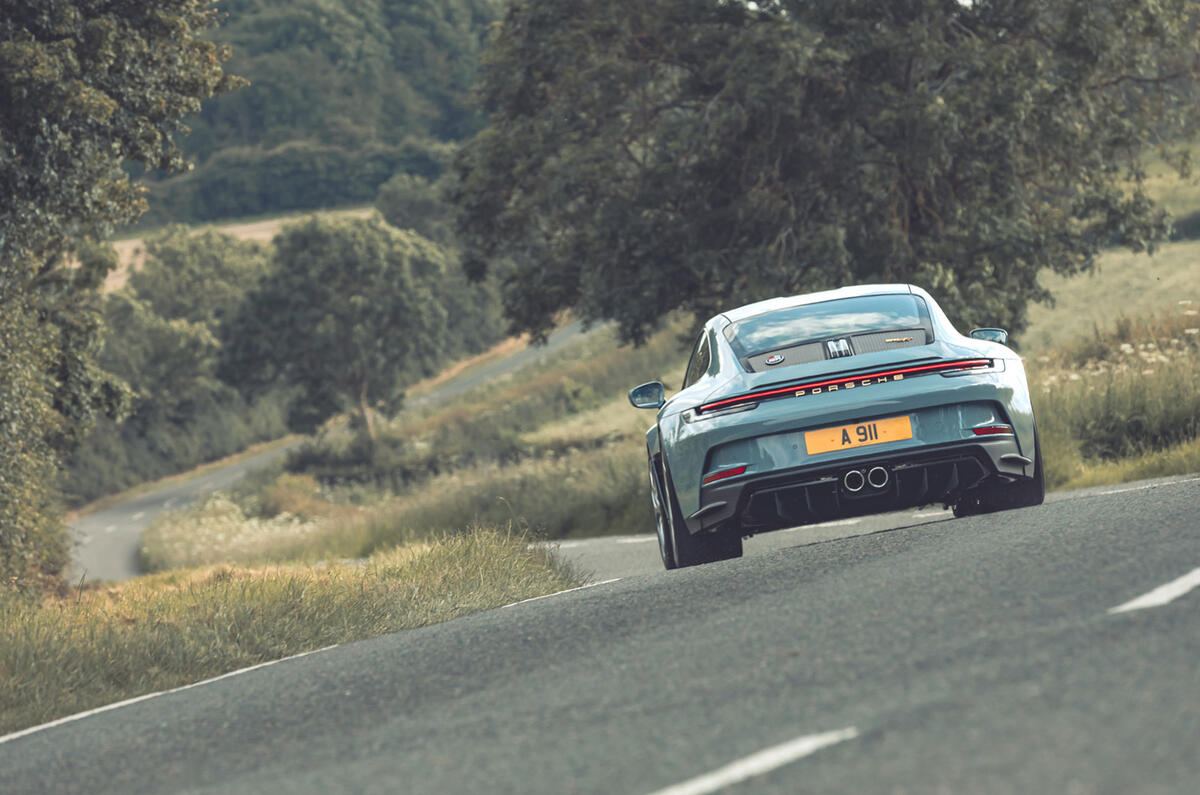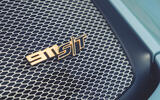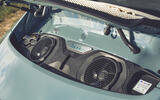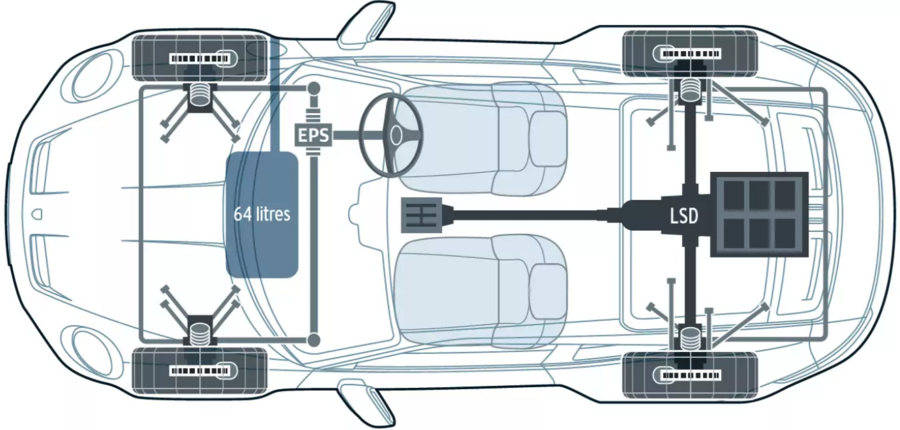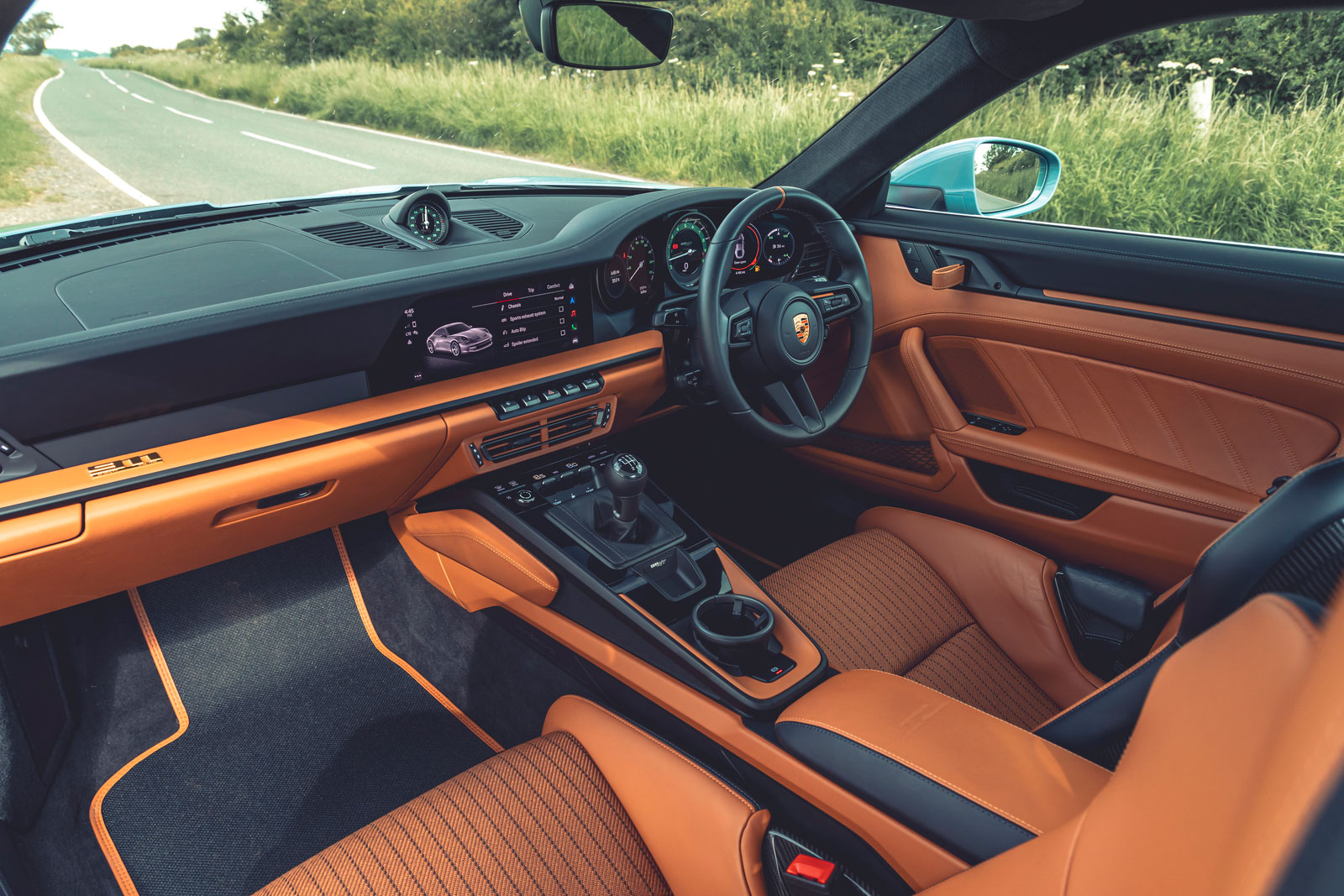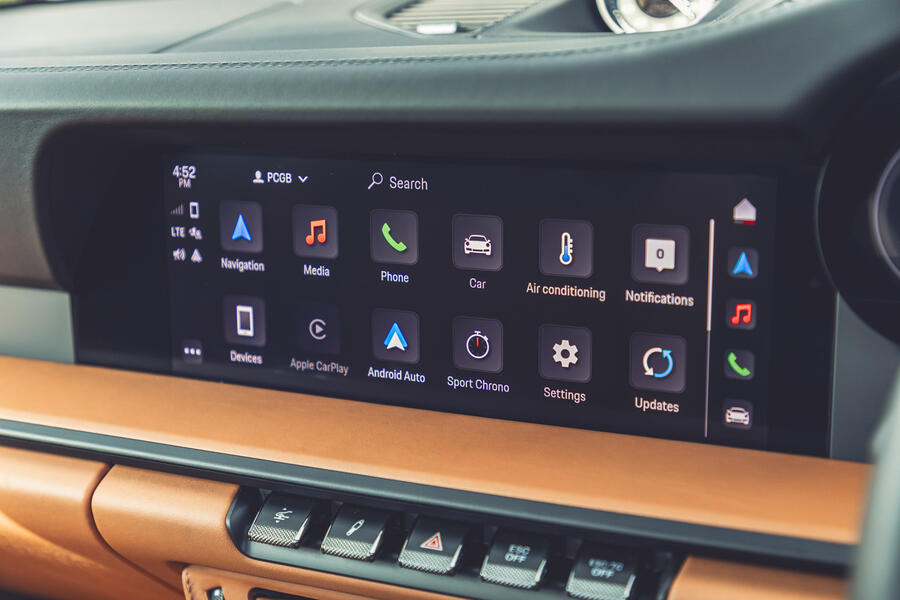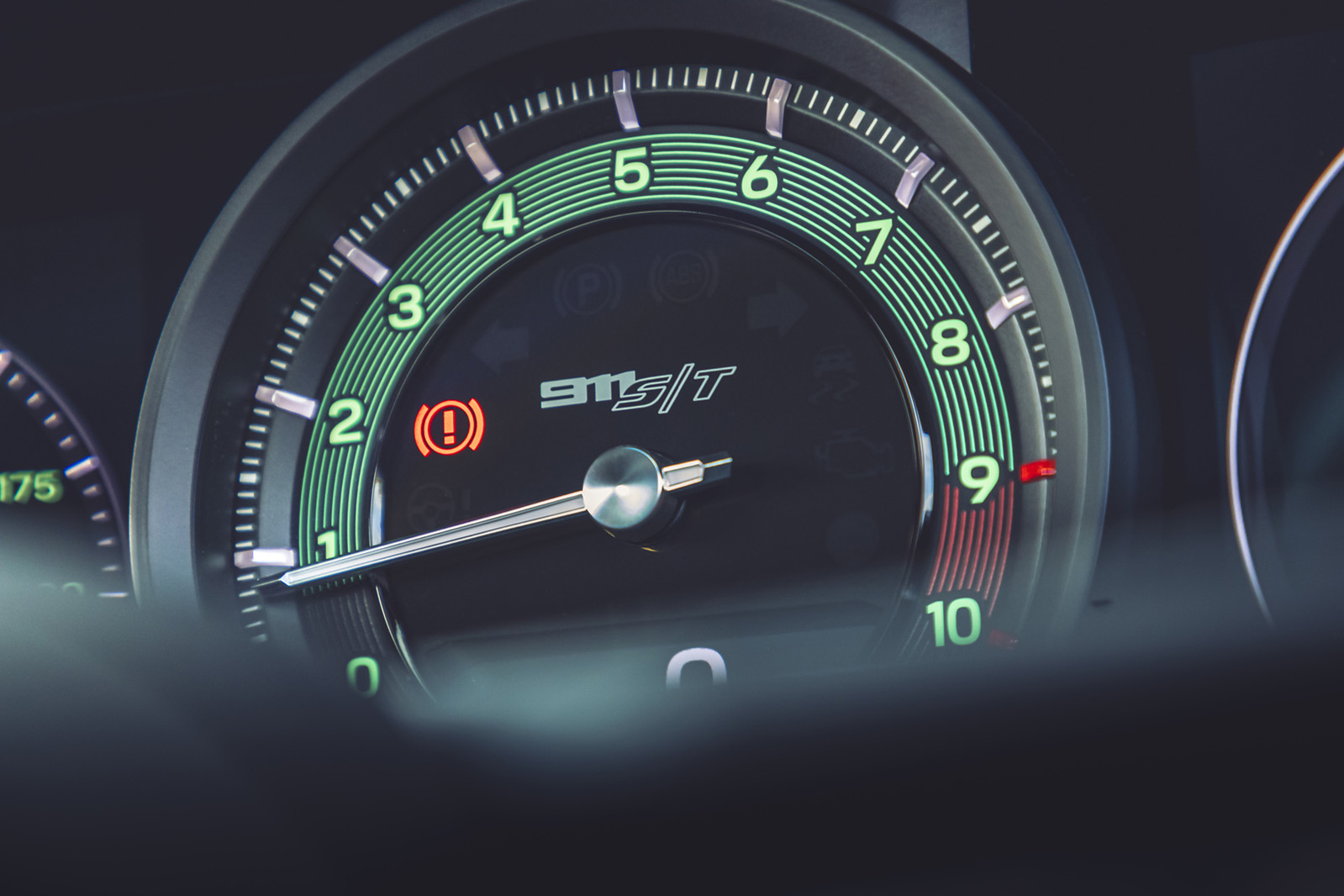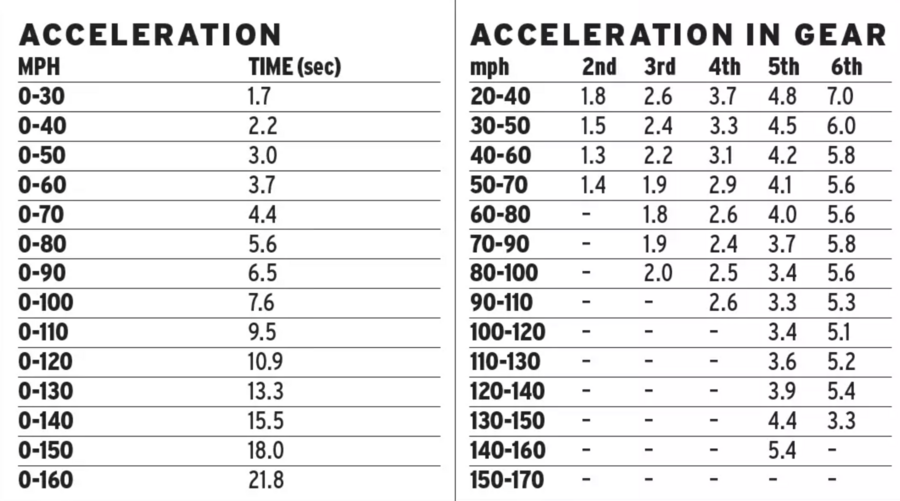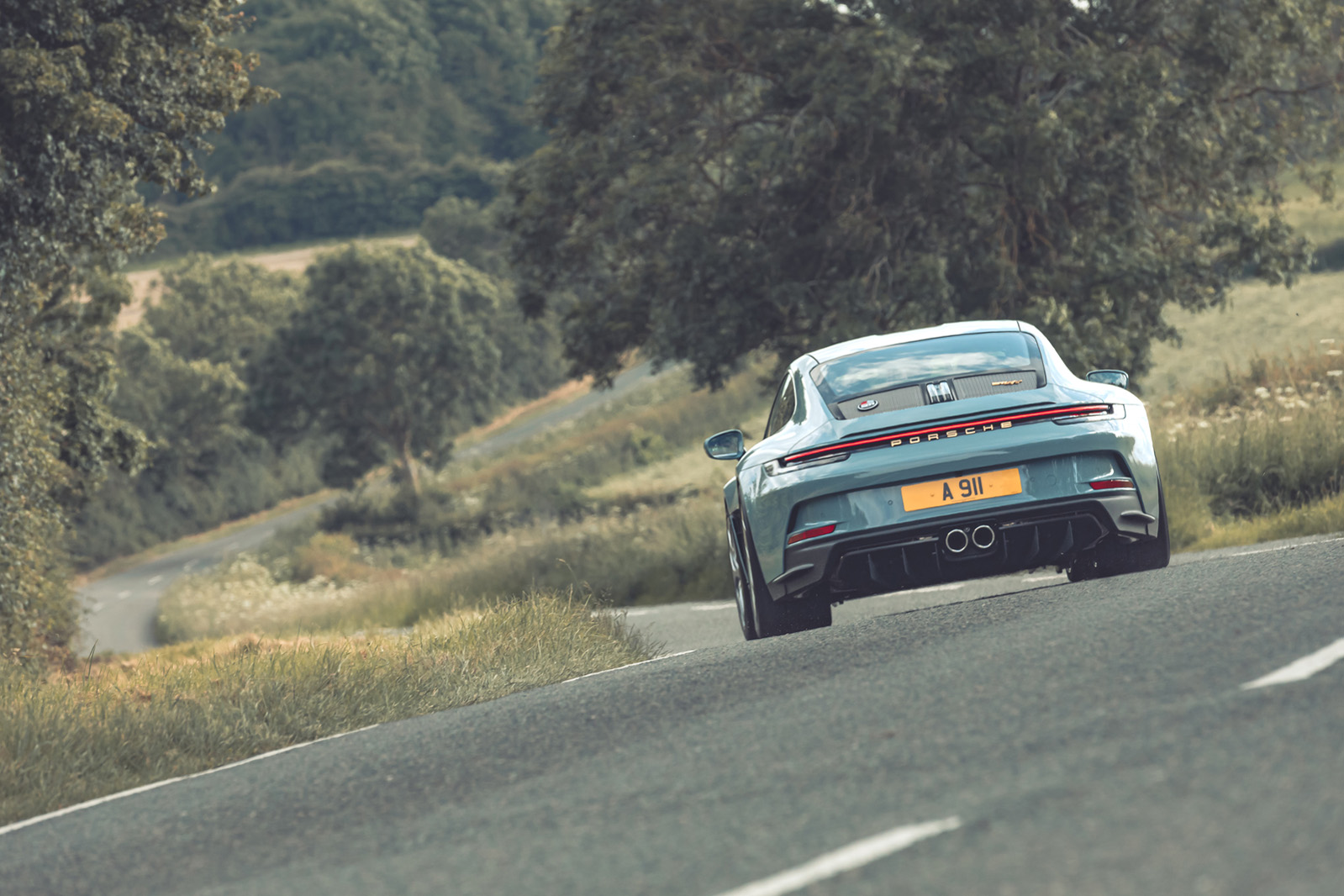Before we get into the extra-special subject of this review – the Porsche 911 S/T – it’s worth appreciating just how rare it is for the German carmaker to roll out new suffixes for its golden child.
The most commonly seen – the straightforward ‘S’ – first appeared on the engine deck of a 911 back in 1967, and even comparatively recent designations – the most revered of which being ‘GT3’ – are now fully established, often with decades and several model evolutions under their belts.
Occasionally, we're given a letter that might seem new, but only for those who haven’t brushed up on their Porsche lore. An example of this is ‘R’, deployed for an extra-involving, extra-light, driver-focused 911 in 2016. New? Not quite. Delve into the records and you will see that during 1967 and 1968 a tiny run of ‘911 R’ racers left Zuffenhausen.
It's here that the S/T story begins. After the success of this stripped-out R of the ’60s, Porsche sought to grow the idea but baulked at the cost of obtaining type approval for a new 911 derivative. Instead, it offered motorsport customers racing kit and weight-reduction modifications for the 911 S, before in 1970 offering option M471 (the ‘mehr-minder’ pack, or ‘more-less’) on road cars. Each of these nimble, powerful cars was still officially a 911 S, but unofficially, inside the factory gates, it was known as an ‘ST’.
Fast forward half a century. As a street-focused, unapologetically ‘analogue’ driver’s car conceived by the minds behind the track-ready GT3 and GT3 RS, the low-slung, pebble-smooth 911 before you is a fine candidate to revive the name. However, and as we’re about to find out, the 992-generation 911 S/T is rather more than a Carrera S with some option packs thrown its way.





